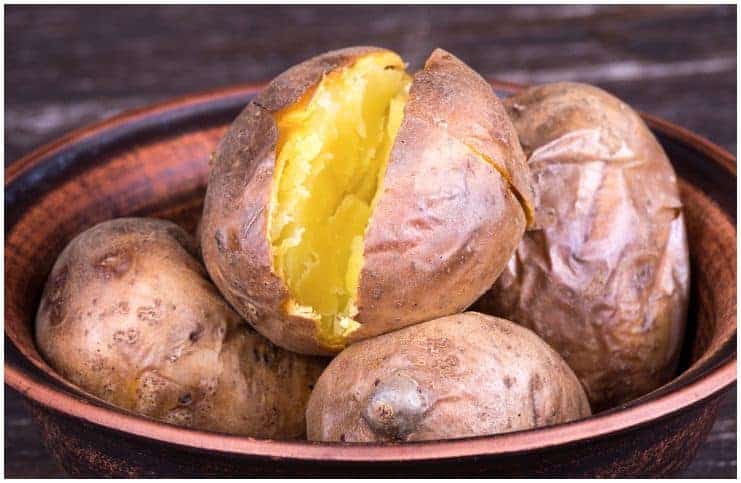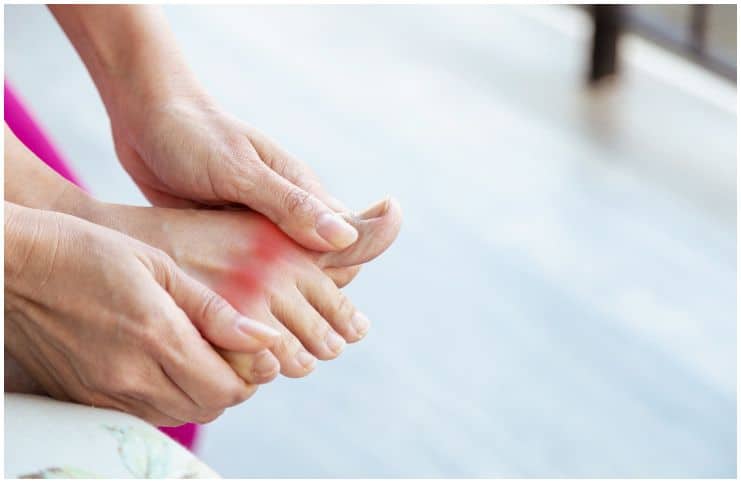Facts
Molybdenum (symbol Mo) is an essential trace mineral, needed in very small quantities by almost all life forms. It functions as a cofactor for numerous enzymes that catalyze important chemical transformations in the global carbon, nitrogen, and sulfur cycles.
It is found only in various oxidation states in minerals because it does not occur naturally as a free metal on Earth. Mo has long been known to act as the main role in ocean chemistry, and in soil chemistry as well.
The active biological form of this mineral is known as the molybdenum cofactor. Mo is stored in the body, especially in the liver, lungs, kidneys, spleen, glands, muscles, skin, and bones.
In 1778, Carl Wilhelm Scheele, a Swedish chemist, 1st identified this mineral as a distinct element.
What is molybdenum used in the human body?
Evidence shows that Mo is needed for optimal health, and the lack of it triggers certain health problems. Your body can store it for a limited time for future use, but most of the mineral you eat is eliminated through your urine. Furthermore, in animals and humans, it acts as a central cofactor of enzymes and enhances the metabolism of carbs and fats.
This mineral is especially beneficial during Candida Die-Off when it helps your liver to expel the toxins that are produced when the Candida yeast is killed.
Another area that appears particularly promising is the use of Mo in the treatment of Wilson’s disease, which is a genetic disease that causes copper to build up in the body, ultimately causing damage to the brain and liver.
Other health benefits
Mo is found in human tooth enamel and may have a protective role in lowering the risk of tooth decay. Nevertheless, for this to be proven, more research and tests are required. Some experts speculate that this mineral could be used to prevent cancer and to slow down certain aging processes.
In a study of people with kidney cancer, this mineral helped slow the rate of tumor growth in some of the patients, by depleting the body of copper, that is required for new blood vessel creation.
Moreover, it is also known to be required for the formation of unique proteins called amidoxime reducing component proteins or mARC. These proteins play crucial roles in mitochondrial function. This mineral may also help prevent anemia by helping mobilize iron, provided that your physical body has enough iron stored.
How much molybdenum do you need per day?
While deficiency is rare, individuals whose diets rely mainly on refined or processed foods might not be getting enough of Mo for optimal health. Mo deficiency has also been reported as a consequence of a complete intravenous feeding for long periods of time or for individuals with a genetic problem in which the body cannot use this mineral that is eaten in foods. Also, high sulfur consumption can also reduce Mo levels.
The most usual signs of a Mo deficiency include sensitivity to sulfites, severe neurological abnormalities, rapid resting heart rate, and night blindness.
The National Institute of Medicine has set the recommended daily allowance (RDA) at 45 micrograms a day for adults. Pregnant or lactating women need 50 micrograms per day. Teenagers need 43 micrograms a day, children from nine to 13 years old need 34 micrograms a day, children from 4 to 8 years old need 22 micrograms a day and very young children from one to four years old need 17 micrograms a day.
What foods are high in molybdenum?
High Mo foods include – chickpeas, lentils, lima beans, soybeans, whole grains, buckwheat, oats, potatoes, and dark green leafy vegetables. In addition, it is also present in water in varying amounts.
Note – Being a trace mineral, it’s not what kind of plant you are receiving your intake of Mo from that is important, but the quality of the soil that the plant is grown from.
Molybdenum side effects and precautions
Excessive intake, however, of more than 10 mg per day over a long period has been associated with gout-like symptoms such as swelling and joint pain.
According to the New York University Langone Medical Center, individuals with serious kidney disease should consult a healthcare specialist before taking this mineral or any other supplement.
Research has concluded that too much intake of this mineral may cause fetal deformities. Studies have shown that high doses of Mo inhibit the metabolism of acetaminophen in rats. Nevertheless, it is not known whether this occurs at clinically relevant doses in humans.
Direct inhalation or ingestion of Mo and its oxides should be avoided. As an interesting fact, variation in some types of cancer incidence around the world has been connected to the Mo content in food and soils.
Note
Mo supplementation is unnecessary. Considering the lack of evidence and very low risk of deficiency, this trace mineral may not even need to be added to multivitamin formulas.
References http://faculty.virginia.edu/metals/cases/east1.html




I’ve had four friends experience significant relief from migraines by taking molybdenum as the migraine is coming on.